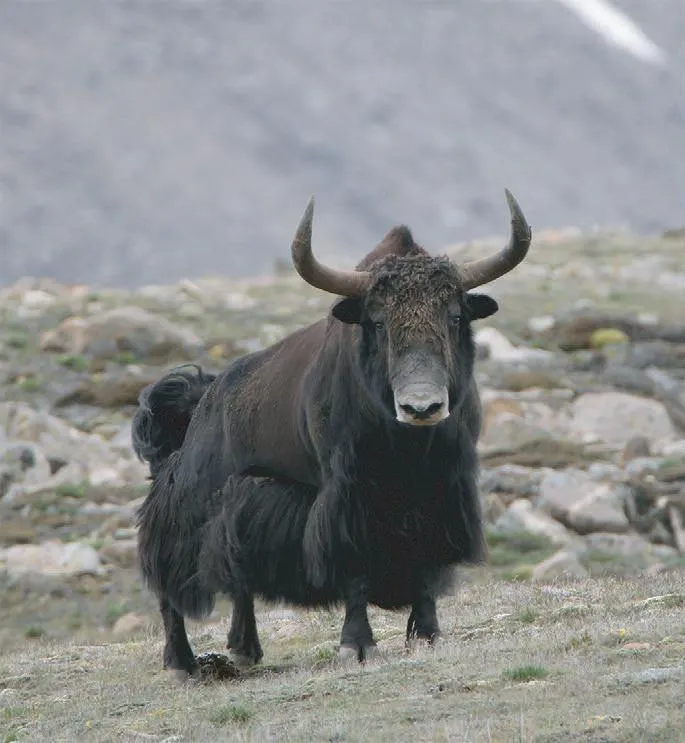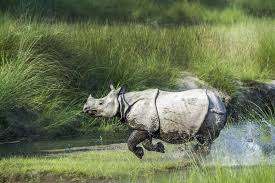Share this Article
Nestled among the towering Himalayas and lush valleys, Nepal is a land of natural wonders—from the world’s highest peaks to hidden caves and mystical lakes. Yet, one of its most puzzling phenomena remains largely unknown to the outside world: the enigmatic ‘Jumping Stones’.
These mysterious rocks, found in select regions of Nepal, appear to move, vibrate, or even “jump” without any visible force acting upon them. Locals have long whispered about their strange behavior, while scientists have proposed various theories to explain this geological oddity.
In this article, we explore the legend and science behind Nepal’s Jumping Stones, uncovering where they are found, what might cause their movement, and the cultural significance they hold for local communities.
What Are the ‘Jumping Stones’ of Nepal?
The term ‘Jumping Stones’ refers to certain rocks or pebbles in Nepal that exhibit unusual movement—shifting, vibrating, or even bouncing slightly—without any apparent external force. These stones are not part of any known landslide or erosion process; instead, their motion seems spontaneous and often unpredictable.
Key Observations About the Stones:
- They are typically small to medium-sized, ranging from pebbles to boulders.
- Movement is often triggered by environmental changes, such as temperature shifts or minor tremors.
- Some stones appear to vibrate subtly, while others may shift position over time.
This phenomenon has puzzled both locals and geologists, leading to various scientific and mystical explanations.
Where Are These Stones Found?
Jumping Stones have been reported in several regions of Nepal, often in geologically active or mineral-rich areas. Some of the most notable locations include:
1. Seismic Zones of Western Nepal
Nepal lies on the boundary of the Indian and Eurasian tectonic plates, making it prone to earthquakes. Minor tremors—often too weak to be felt—may cause loose stones to shift or vibrate. Some villages in western Nepal report stones moving during periods of seismic activity.
2. Himalayan Foothills
The rugged terrain of the Himalayan foothills, with its strong winds and shifting slopes, may contribute to the movement of rocks. Temperature fluctuations at high altitudes could also play a role.
3. Riverbanks & Glacial Regions
Areas near rivers and glaciers experience constant water flow beneath the surface. Underground currents or melting ice might subtly dislodge stones, making them appear to “jump” unexpectedly.
4. Mineral-Rich Zones
Some Jumping Stones are found in areas with high concentrations of magnetic or electrically conductive minerals. These unique geological properties could influence their movement.
What Causes the Stones to "Jump"?
Scientists have proposed several theories to explain this phenomenon, though no single explanation fits all cases. Here are the leading hypotheses:
A. Seismic Activity and Minor Tremors
Nepal experiences frequent small earthquakes due to its location on a major fault line. Even imperceptible tremors could cause loose stones to shift or vibrate. Some villagers report stones moving only during or after seismic events.
B. Thermal Expansion and Contraction
In high-altitude regions, temperatures fluctuate drastically between day and night. Rocks expand when heated and contract when cooled, which could lead to sudden movements or tiny “jumps.” This effect is most noticeable in areas with large diurnal temperature swings.
C. Magnetic or Electrical Influences
Certain minerals, such as magnetite or lodestone, can respond to Earth’s magnetic field. If Jumping Stones contain these minerals, natural electromagnetic forces might cause subtle movements. Some researchers speculate that underground electrical currents could also play a role.
D. Underground Water Flow
In river valleys and glacial areas, underground water currents can erode sediment beneath rocks, causing them to shift. When the ground is saturated, stones may suddenly settle into new positions, appearing to move on their own.
Folklore and Mystical Beliefs
Beyond scientific explanations, the Jumping Stones hold deep cultural significance in Nepal. Many locals believe they possess supernatural or spiritual power.
Guardians of Sacred Sites
Some Himalayan communities consider these stones protectors of holy places. Legends say they move to warn people of danger or signal divine presence.
Shamanic Rituals
In certain villages, shamans use Jumping Stones in rituals, interpreting their movements as messages from spirits. Some believe that meditating near these stones can bring visions or healing.
Myths of Cursed or Blessed Stones
A few folktales describe cursed stones that “run away” when touched, while others tell of blessed rocks that bring good fortune to those who encounter them.
Scientific Exploration and Future Research
Despite local legends, scientists remain intrigued by the Jumping Stones and are working to uncover their secrets. Potential areas of study include:
- Seismographic Monitoring – Tracking minor tremors to see if they correlate with stone movements.
- Mineral Analysis – Testing rocks for magnetic or electrically reactive properties.
- Thermal Imaging – Observing how temperature changes affect the stones’ behavior.
- Hydrological Studies – Investigating whether underground water flow plays a role.
With further research, we may finally solve the mystery of Nepal’s Jumping Stones—or discover that they hold even greater secrets.
Conclusion: A Hidden Wonder of Nepal
The Jumping Stones of Nepal remain one of the country’s most fascinating natural mysteries. Whether their movement is due to seismic forces, thermal shifts, magnetic fields, or something even more extraordinary, they continue to captivate both scientists and spiritual seekers.
For travelers venturing beyond Nepal’s famous peaks, seeking out these enigmatic stones offers a rare glimpse into the intersection of geology, folklore, and the unknown. Perhaps one day, science will fully explain their behavior—or perhaps they will forever remain a beautiful mystery of the Himalayas.
Categories:
Nature & Wildlife
Tags:
Jumping Stones
,
pebbles in Nepal







